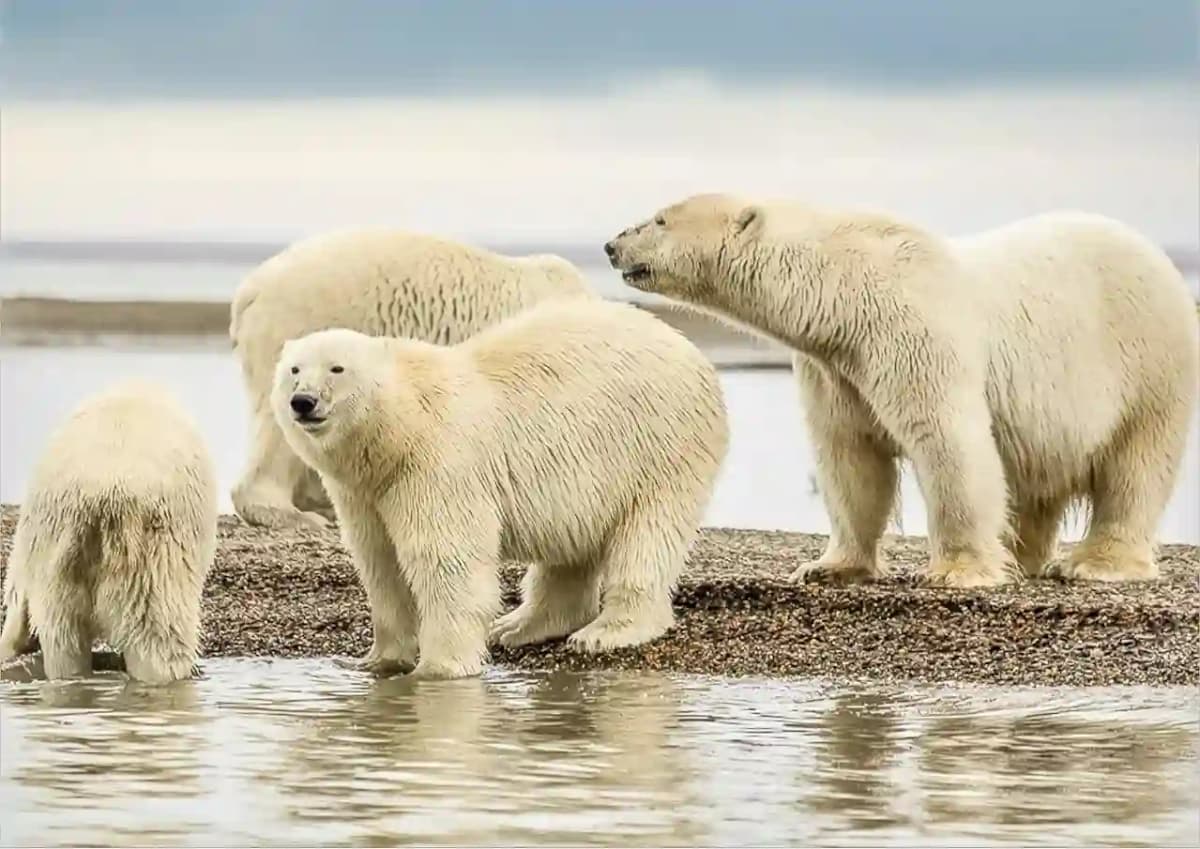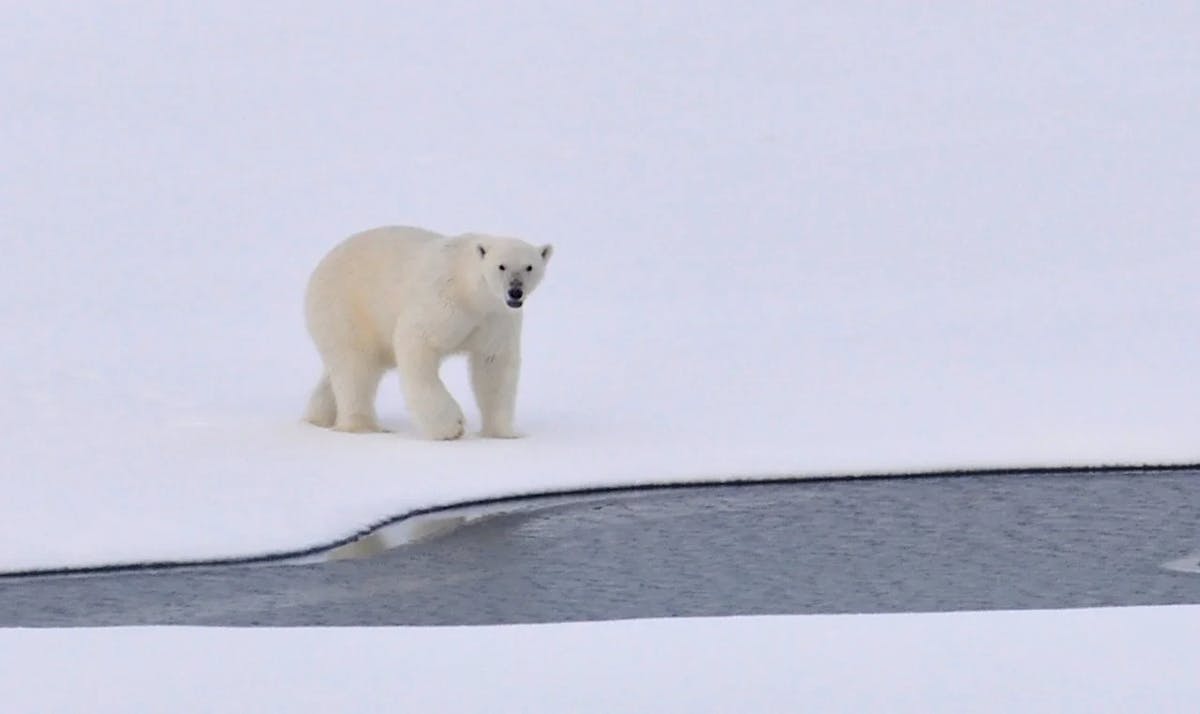Random Facts About Polar Bears | Polar bears, the charismatic giants of the Arctic, are undoubtedly one of nature's most magnificent creatures. These mighty carnivores have adapted to thrive in extreme conditions, showcasing incredible physical prowess and remarkable survival strategies. However, beneath their seemingly invincible facade lies a species of great risk due to climate change.
With an unparalleled ability to swim long distances and a thick layer of insulating blubber, polar bears are masterful swimmers and divers. Their streamlined bodies enable them to glide effortlessly through freezing waters in pursuit of seals - their primary food source. As apex predators, they play a crucial role in balancing the Arctic ecosystem by maintaining healthy seal populations.
Polar bears are astounding creatures that have adapted to survive in some of the harshest environments on Earth. One lesser-known fact about these stunning bears is that they actually have black skin beneath their fur. This might seem counterintuitive since their fur appears white, but it's this black skin that helps them absorb and retain heat from the sun, ensuring they stay warm even in freezing temperatures.
Most Interesting Facts About Polar Bears
One of the most unique facts about polar bears are that they have a highly specialized sense of smell, which they use to detect seals through several feet of ice and snow. Polar bears have a highly developed olfactory system, with a larger olfactory bulb and more receptors than other bears, allowing them to detect the slightest scent of seal breath or blubber. They can even detect the scent of several seals kilometers away, and can follow the scent trail for hours until they find their prey. This incredible sense of smell is essential for polar bears to survive in their harsh Arctic environment, where visibility is often limited by snow and ice. Also see:- Random Facts about Bear, Random Facts about Deer

Another unique fact about polar bears is that they can swim in the Arctic waters with ease, thanks to their thick layer of fur and a waterproof coat. Polar bears have a double layer of fur, with long guard hairs on top and soft underfur beneath, which helps to insulate them from the cold water. They also have large paws that act like paddles, allowing them to swim efficiently and reach speeds of up to 6 miles per hour. This adaptation allows polar bears to hunt seals, their main source of food, in the water, and also enables them to swim long distances in search of land and mates.
Although polar bears primarily feed on seals, they are opportunistic hunters and have been known to consume other marine mammals and even birds when seals are scarce. What makes this behavior particularly fascinating is the ingenious way polar bears hunt for prey underwater. They use their large front paws as powerful paddles while propelling themselves with their hind legs and steering with their back feet, making them formidable swimmers despite their hefty size. Additionally, polar bears can swim for long distances without resting, sometimes covering over 60 miles (97 kilometers) at a stretch—a remarkable feat considering that most land-dwelling animals would exhaust themselves after just a fraction of that distance in the water.
Intriguing facts like these remind us of the wonder and diversity found in our natural world. Polar bears possess remarkable adaptations, secret talents of survival underwater, and intriguing characteristics such as black skin concealed beneath strikingly white fur traits we may not always consider when appreciating these magnificent animals.
Yet today, these majestic animals face unprecedented challenges as melting sea ice threatens their very existence. Polar bears rely on sea ice for hunting and breeding grounds; however, global warming has caused a dramatic loss of ice cover over the past decades. Consequently, these magnificent creatures struggle to find adequate food sources and build suitable dens for raising cubs. The shrinking sea ice also increases contact between polar bears and humans as they venture closer to coastal communities in search of sustenance.
As we marvel at the strength and adaptability demonstrated by polar bears, it is vital that we recognize their vulnerability to climate change.
